Every Thing You ... Need In One Place
- support@toronto.allarabcanada.com
- 00-021157489
Newsletter
Join the Our latest news, events, and special offers.
Basic education in Canada is mandatory until the age of 16 in all provinces except Manitoba, Ontario, and New Brunswick, where education is mandatory until the age of 18 or until the student receives a high school diploma. This has created an educated generation, with only 1 in 10 people not having a high school diploma. The education system consists of several stages, starting with kindergarten at the age of five and ending with secondary education at the age of 16 or 18. The school year in Canada starts in September, the day after Labor Day, and ends in late June. Public education in Canada is overseen and funded by federal, provincial, and local governments and local school boards. Each province and territory manages its educational system within its geographical area, with the federal government being somewhat involved by providing funding for specific educational programs, such as education in remote areas and for Indigenous peoples.
Structure and Classifications of the Canadian Public Education System:
Kindergarten (pre-school): This stage starts at the age of five in all provinces except Ontario and Quebec, where it starts at the age of four. This stage is optional in some provinces but mandatory in British Columbia. Even in optional areas, most children attend kindergarten in a variety of institutions, including public and private schools, daycare centers, charities, and religious schools, where parents choose what suits them best.
Primary Education: This is a mandatory stage in Canada, starting usually at the age of 6 and continuing until the age of 12 or 13, covering grades from 1 to 6 or 8. Various institutions provide primary education, including public, private, and religious schools. Parents can choose homeschooling, which allows them to educate their children at home instead of sending them to public or private schools. Homeschooling has certain legal requirements; parents must register their children with the relevant primary education authorities and comply with their legal requirements. The program allows parents to determine the curriculum and educational materials, whether the curriculum is approved by the authorities or others. Parents must provide periodic reports on the child’s progress and administer the necessary exams for evaluation. Educational authorities conduct home visits to ensure the educational process is proceeding well.
Secondary Education: This stage is a fundamental part of the Canadian education system, offering students the opportunity to develop their skills and knowledge and prepare for the job market and higher education. It starts at the age of 12 or 13 and continues until the age of 16 or 18, covering grades 9 to 12, with senior grades allowing students aged 17 and 18 to choose suitable specializations. There are significant differences between provinces at this stage. For example, some provinces do not require final exams for high school graduation but rely on a points or credit system. Some offer specialized programs in fields like science, technology, the arts, sports, and social studies.


School Year Divisions in Canada:
The school year structure and terms vary by province and territory. Here are some common structures:
Traditional System: This system is divided into two terms. The first term in the fall starts in September and ends in mid-December with a two-week break. The second term spans winter and spring, starting in January and ending in late April, with a one-week break. The optional summer term starts in May or June and ends in July or August.
Trimester System: The school year is divided into three terms. The first term starts in early September and ends in late December, with a break of two to three weeks. The second term begins in January and ends in late April, including a one-week spring break in mid-March or early April and a two-week break between terms. The third term starts in early May and ends in late July or August, with a break of three to four weeks.
Quarter System: The school year is divided into four terms, each approximately 10 to 12 weeks. The first term starts between September and November, with a break from mid-December to early January (about two to three weeks). The second term begins in early January and ends in late March, with a one-week break. The third term starts in early April and ends in mid-June, with a break of two to three weeks. The fourth term begins in early July and ends in late August, with a break of about one to two weeks.
The Canadian public education system represents a unique example of the nation’s commitment to providing high-quality education for all students. With a variety of educational stages and flexible schedules to meet the needs and aspirations of the community, the Canadian system offers an inclusive educational environment that promotes learning and personal development. Supportive educational programs build on the integration of technology in education and a commitment to inclusive education. The balance between academic excellence and student support makes the Canadian education system one of the leading systems in the world, encouraging innovation and meeting societal needs to build an educated nation.

Join the Our latest news, events, and special offers.
Glyphs Marketing LLC
Copyright © 2024. All rights reserved.